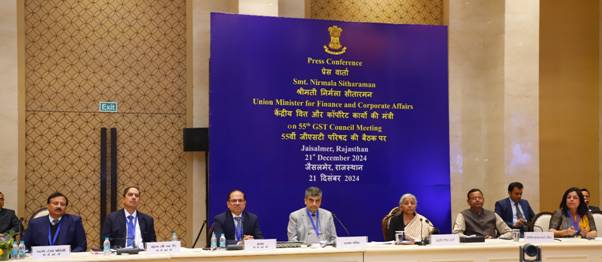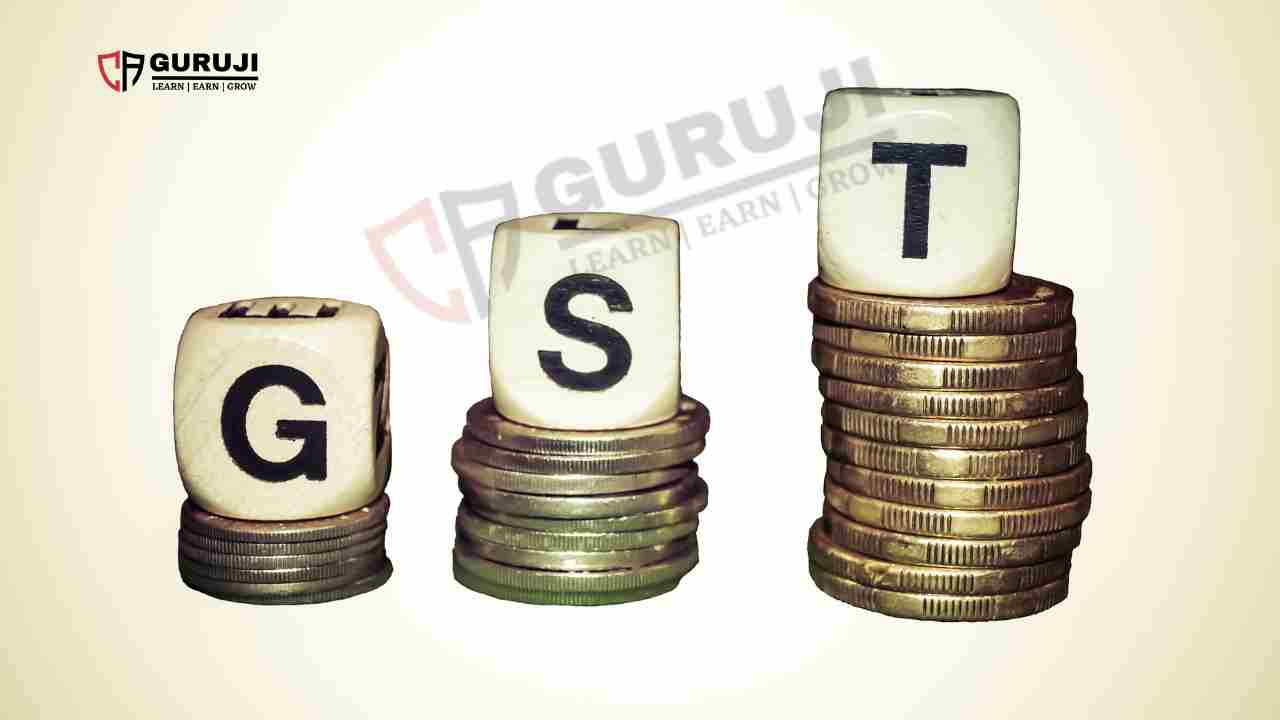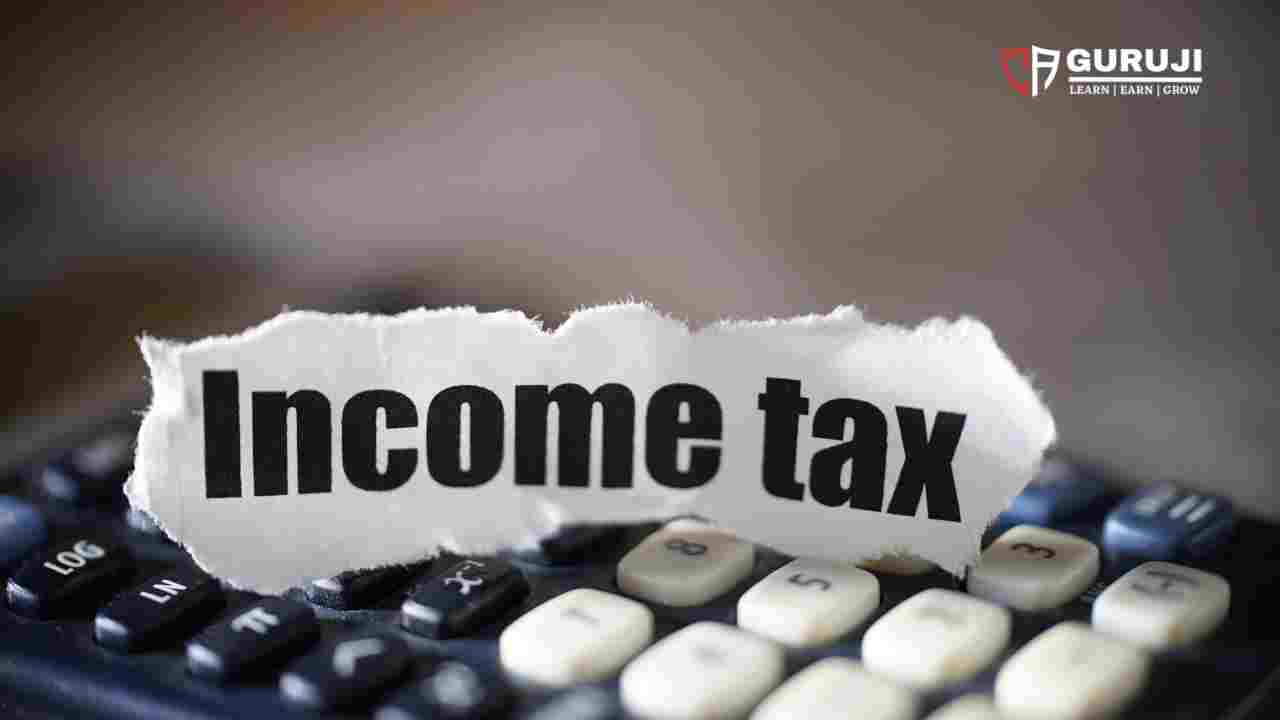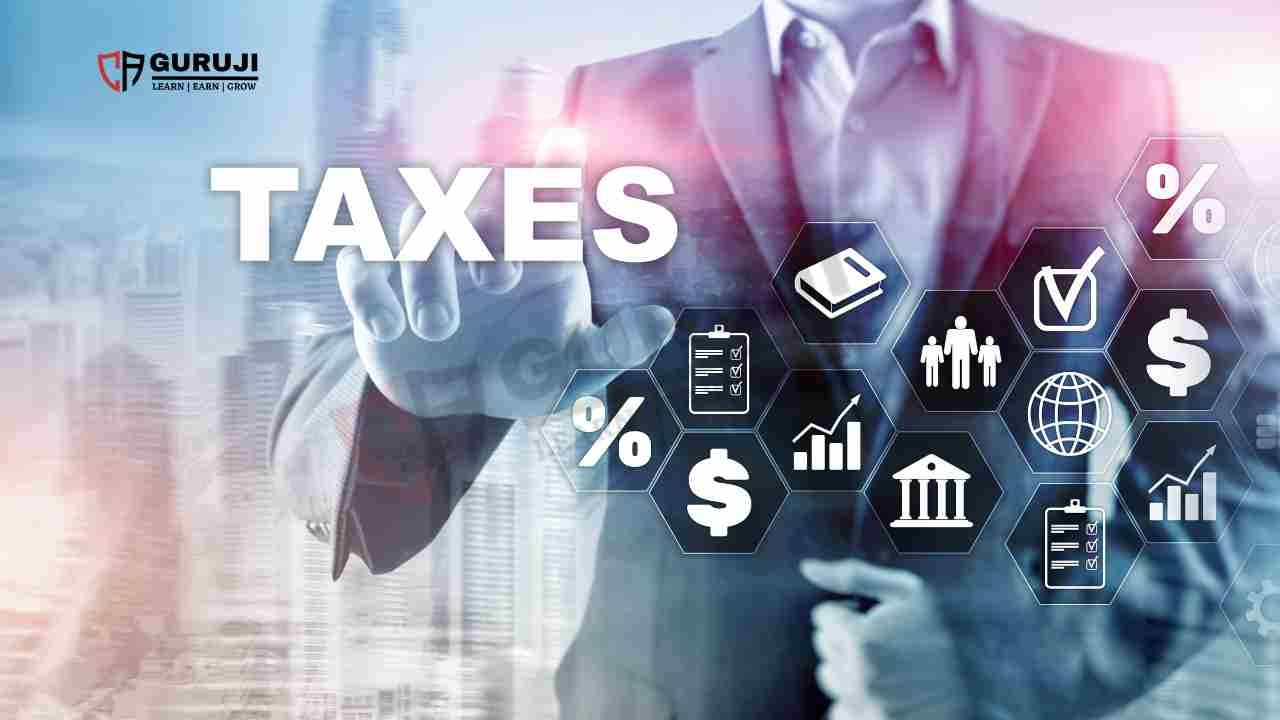The Income Tax Act of India provides taxpayers with a choice between two tax regimes: the old tax regime with deductions and exemptions, and the new tax regime introduced in Budget 2020, which offers lower tax rates but removes most deductions and exemptions. As of FY 2023-24, several changes have been introduced, making it essential to understand the details of both regimes to make an informed decision.
Old Tax Regime
The old tax regime allows taxpayers to avail numerous deductions and exemptions, thereby reducing their taxable income. Key features include:
- Deductions Under Section 80C: Taxpayers can claim deductions up to INR 1.5 lakh on investments in PPF, EPF, LIC premiums, ELSS, etc.
- Standard Deduction: Salaried individuals can claim a standard deduction of INR 50,000.
- House Rent Allowance (HRA): Taxpayers living in rented accommodations can claim HRA exemption.
- Deductions for Home Loan Interest: Under Section 24(b), interest on home loans is deductible up to INR 2 lakh.
- Other Deductions: Including deductions under Section 80D for health insurance, Section 80E for education loan interest, and others like 80G for donations.
New Tax Regime
The new tax regime offers lower tax rates but eliminates most deductions and exemptions. Key features include:
- Simplified Tax Slabs: Lower tax rates across various income brackets.
- No Deductions and Exemptions: Almost all deductions and exemptions available in the old regime are not allowed.
- Standard Deduction Available: As of FY 2023-24, a standard deduction of INR 50,000 is now available.
- Optional for Taxpayers: Taxpayers (Other than Business & Profession) can choose annually between the old and new regimes.
Tax Slabs Comparison
| Income Range | Old Tax Regime (FY 2023-24 & FY 2024-25) | New Tax Regime (FY 2023-24 & FY 2024-25) |
|---|---|---|
| Up to INR 2.5 lakh | Nil | Nil |
| INR 2.5 lakh – 5 lakh | 5% | 5% |
| INR 5 lakh – 7.5 lakh | 20% | 10% |
| INR 7.5 lakh – 10 lakh | 20% | 15% |
| INR 10 lakh – 12.5 lakh | 30% | 20% |
| INR 12.5 lakh – 15 lakh | 30% | 25% |
| Above INR 15 lakh | 30% | 30% |
Check in 2 minutes which regime will save your Tax:
Watch this video and compare yourself
Changes Introduced in FY 2023-24
Several changes were introduced for the FY 2023-24 to make the new tax regime more attractive:
- Standard Deduction in New Regime: A standard deduction of INR 50,000 is now available to salaried individuals and pensioners.
- Higher Rebate Under Section 87A: The rebate under Section 87A has been increased, ensuring individuals with income up to INR 7 lakh do not have to pay any tax.
- Default Tax Regime: The new tax regime has become the default tax regime. Taxpayers who wish to opt for the old regime must explicitly choose it.
- Changes in Surcharge Rates: For high-income earners, the surcharge rates have been rationalized in the new regime to make it more attractive.
Break-Even Analysis
To assist taxpayers in choosing between the old and new tax regimes, a break-even analysis can be useful. The following table illustrates the break-even deductions for various salary levels. If your total deductions exceed the break-even point, the old regime might be more beneficial.
| Salary (Net of Standard Deduction) | Break-Even Deduction |
|---|---|
| 800,000 | 187,500 |
| 900,000 | 237,500 |
| 950,000 | 250,000 |
| 1,000,000 | 262,500 |
| 1,200,000 | 312,500 |
| 1,550,000 | 375,000 |
| 1,600,000 | 375,000 |
Recommendation: Choose the old tax regime if your total deductions exceed the break-even deduction for your income level. For a salary up to INR 7,50,000, the new tax regime is generally more beneficial.
Pros and Cons
| Aspect | Old Tax Regime | New Tax Regime |
|---|---|---|
| Tax Rates | Higher tax rates | Lower tax rates |
| Deductions | Numerous deductions and exemptions available | Most deductions and exemptions not allowed |
| Standard Deduction | Available (INR 50,000) | Available (INR 50,000) |
| Complexity | More complex due to multiple deductions | Simpler, fewer deductions |
| Default Option | Not default | Default from FY 2023-24 |
Making the Choice
The choice between the old and new tax regimes depends on individual financial situations. Here are some scenarios to consider:
- High Investments and Deductions: If you have high investments in Section 80C instruments, substantial home loan interest, and other eligible deductions, the old regime might be more beneficial.
- Simple Finances: If you do not have significant deductions and prefer a simpler tax filing process, the new regime could be advantageous.
- Income Level: Compare the tax liability under both regimes based on your income level to determine which offers lower tax outgo.
Conclusion
Both the old and new tax regimes have their advantages and disadvantages. The introduction of changes in FY 2023-24 has made the new tax regime more competitive, but the decision ultimately hinges on individual financial circumstances. Taxpayers should meticulously evaluate their income, investments, and potential deductions before making an annual choice. Consulting with a tax professional can also provide tailored advice to optimize tax savings.
Visit www.cagurujiclasses.com for practical courses












Madam It is Very Unfortunate to notice that you haven’t commented or mentioned anything about Senior Citizens and Sort Senior Citizens. Why?
Can you spell out if you don’t mind
Madanapalli Parrtha Sarathy Avadhanam